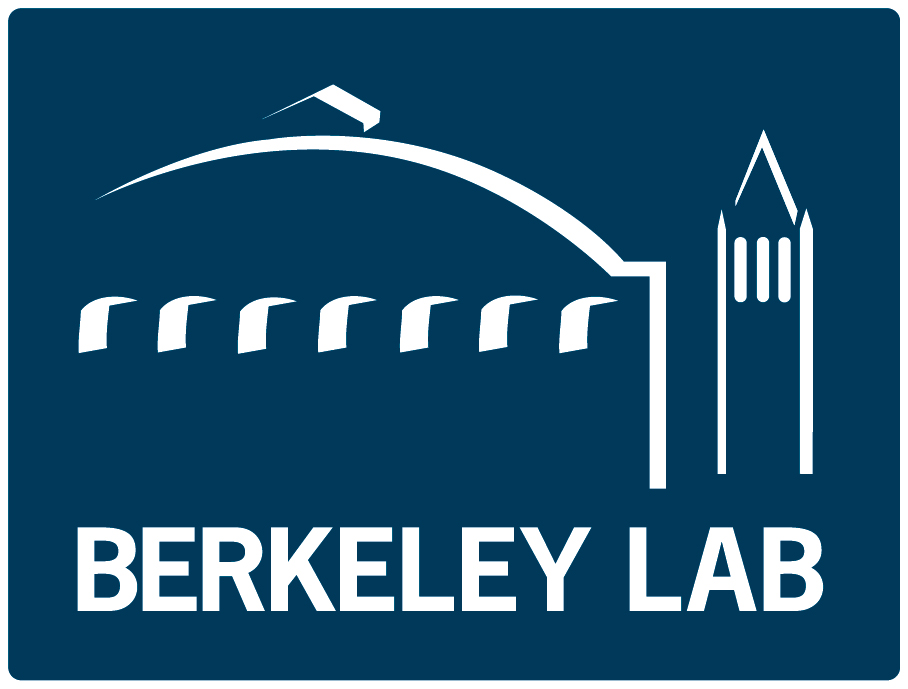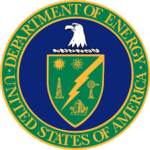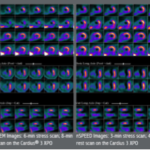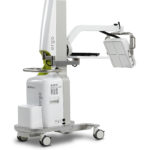The following Berkeley Lab technologies have been named as finalists in the 2018 R&D 100 Award competition: Computing Sciences Area Shifter (Canon, Jacobsen) Energy Sciences Area Smart PV Window (P. Yang) Energy Technologies Area EProject Builder (Larsen) OP1 (co-nominee w/ Opus 12 - Cave, Kuhl) Physical Sciences Area (with co-nominee … [Read more...] about 2018 R&D 100 Award Finalists – Berkeley Lab
Promising Energy Technologies Among TCF Recipients
Three Berkeley Lab projects were selected for Technology Commercialization Funding (TCF) from DOE's Office of Technology Transitions: Lignin-Derived Ionic Liquids: Synthesis and Application in Biopolymer Processing (PI Ning Sun), $500,000 Low-cost roll-to-roll manufacturing of metal-supported solid oxide fuel cells (PI Michael Tucker), $100,000 Sulfur Electrode … [Read more...] about Promising Energy Technologies Among TCF Recipients
Increased Specificity and Sensitivity to Detect Targeted Metabolites using NIMS 2017-051
APPLICATIONS OF TECHNOLOGY: Biological and chemical assays Selective metabolite analysis ADVANTAGES: Increased sensitivity to detect targeted metabolites High selectivity to targeted metabolites Extremely sensitive and non-destructive analytical technique ABSTRACT: Nanostructure-initiator Mass Spectrometry (NIMS) is a surface-based mass … [Read more...] about Increased Specificity and Sensitivity to Detect Targeted Metabolites using NIMS 2017-051
Berkeley Lab – Birthplace of Nuclear Medicine
Berkeley Lab's contribution to the development of nuclear medicine began in the 1930s. John Lawrence, brother of the Lab's founder Ernest Lawrence, treated a leukemia patient with a radioactive isotope in 1936. A year later, researcher Joseph Hamilton was the first to use radioactive tracers to study biological processes in the human body and to address the property -- short … [Read more...] about Berkeley Lab – Birthplace of Nuclear Medicine
Digirad – From Physics to Physicals
A technology designed for high-energy physics helped revolutionize medical imaging, thanks to Berkeley Lab's team science model. Physicist Steve Holland developed an ultra-sensitive charge-coupled device (CCD) and photodiode for a new gamma ray detector in a supercollider project. The supercollider project was cancelled, but William Moses, in Berkeley Lab's biosciences area, … [Read more...] about Digirad – From Physics to Physicals



